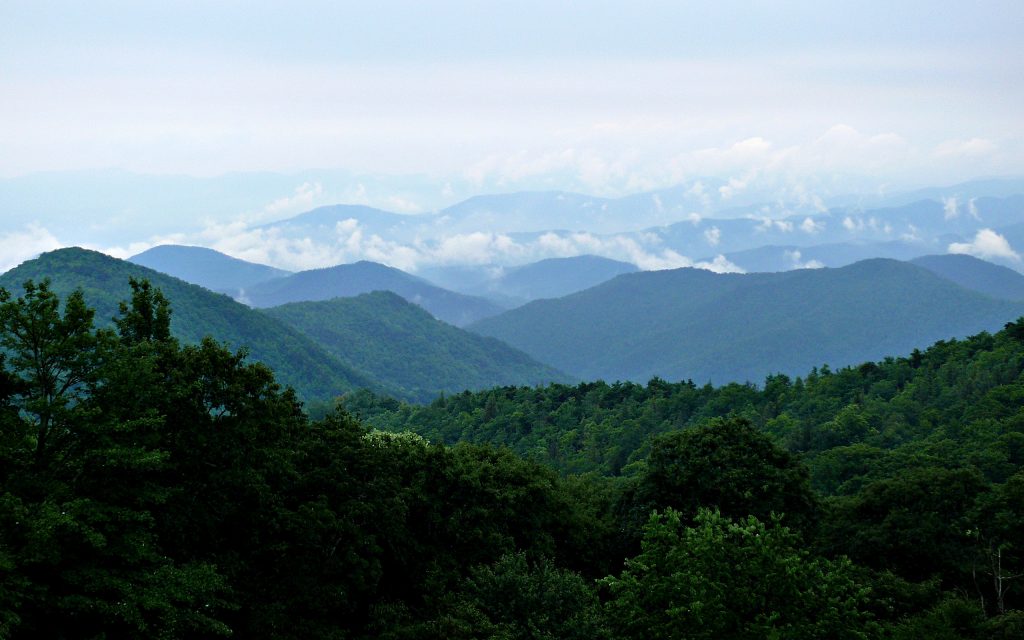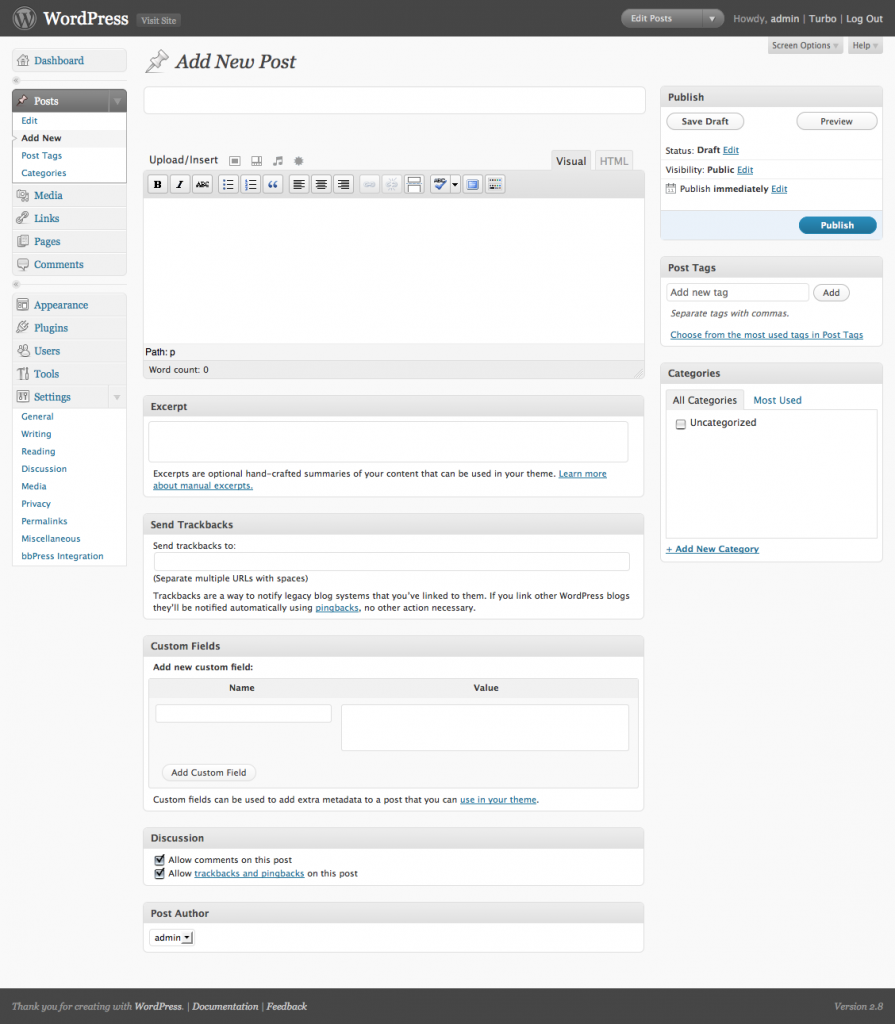With the due date of the project contract galloping forward, I wanted to reflect on recent progress that has prepared me to begin outlining a more specific course for my project website. Over the past two weeks, I have made progress in two essential areas: finding primary sources and drafting the my project site.
Appalachian Values

From the beginning of the project, I was interested in choosing a censorship case revolving around a piece of Appalachian literature, and I found exactly what I was looking for in a local challenge of Clyde Edgerton’s The Floatplane Notebooks. However, after I selected the case, I had two critical questions: How do I go about defining a broad topic like Appalachian culture or values? and How do I frame that information so that it is immediately relevant to the project? To answer these questions, I had to decide on how to present the information, and I’ve decided that the most effective way to showcase the importance of Appalachian culture for the case is to interview someone who can be considered an expert on the Appalachians and who is fully immersed in Appalachian culture.
I reached out to UVa-Wise communication studies professor, Dr. Amy Clark, who teaches Appalachian literature (a course that I took myself only a few semesters ago) and is the co-director of the Center for Appalachian Studies at the college. Dr. Clark agreed to let me interview her about aspects of Appalachian culture and values. With the interview confirmed, my next step is to sit down and formulate a list of questions based on my research with the written sources that I have. I have given myself a personal due date of this Thursday, February 2st, to have the list created.
Interestingly (and encouragingly), many of the sources I have read have confirmed the importance of contextualizing Appalachian culture in the case, which helps me begin to piece together how I can present the information on my site so that coherently fits with the larger context of the case. For example, in an article from the Roanoke Times, the author interviews educator Marion Goldwasser about the case, and she remarks that “‘The ironic thing is that the book values the very things the people complaining about the book say they value – the family unit, patriotism, religion, love and caring, and tradition in the Southern culture'” (as qtd. by Beth Macy, 1992). Goldwasser’s statement provides an excellent vantage point for explaining why the examination of local values is critical for the project and for illuminating the subtle complexities of my selected case.
Reaching Out
In addition to scheduling an interview with Dr. Clark, I also reached out to the administration of the alumni page I discussed during class on Wednesday. I didn’t expect to receive a reply for a few days (at least), but instead, I received a reply in less than an hour! The alumni’s answer was an enthusiastic yes in agreeance to help me with the project. I was overjoyed, but I also realize that reaching out is just the first step. By the beginning of next week on Monday, February 25th, I have set a goal to formulate a list of questions or discussion concerning the case and want to continue discussion with the alumni network, so that I can begin to collect some primary interview accounts of the case.
WordPress Wisdom

Lastly, I spent several hours considering and drafting my project website over last week and the weekend. Because I chose to draft my ideas for the site design in a google document during class, I went back and mapped a preliminary design using Coggle last Wednesday. Creating a visual map for the site design gave me a more detailed and more intricate look at how I could group ideas and what resources I could in the execution of those ideas on the site. Furthermore, creating a visual diagram was incredibly beneficial because it allowed me to look at concrete ways to breakup information so that I avoided creating an online narrative through my project site.
After further developing my intentions for the project content, I turned to the site itself. I started with trying to add a single page on my site. Then, I added around three sample pages and then used them to create a menu on the homepage of my site. After building the skeleton, I went through and looked at different appearance themes to gain an understanding of the different visuals and on the options each theme offered. Though I haven’t selected which theme I want to build my project site with, I have narrowed down the field of themes by choosing a set of criteria that I want present in the site. First, I want the page to have a static homepage and picture on that homepage. Second, I would like the page to have additional navigation options on the bottom of the page, rather than in a side bar. Third, I want to be able to control the elements of the text, such as the font and color, with the theme (which I figured out that not all themes allow me to do). While, I expect at least one of these initial preferences to change as I continue working on the site, they do provide me with a more concrete image of how the site will look and what kinds of content work best with the pages.
Also important, spending an evening with the on line tools gave me an idea of my own proficiency in using the several of the applications. Going forward, I am going to spend more time familiarizing myself with WordPress and developing my project site. In addition to learning some tips and tricks, I have set a goal to have selected and activated my site theme by this Friday, February 22nd. I also want to have created at least one page, specifically a draft of the homepage or a personal introduction page by this Friday as well. Lastly, I plan on brainstorming and outlining the project contract through the week and over the weekend, so that I am prepared to draft the contract next week. Selecting some specific site features should provide me with a great foundation for drafting the course contract and really giving a visual direction to my project.
References
*I have linked references and other relevant pages within the post but have also chosen to list them below in case the links do not work or do not convey adequate source attribution*
Amy D. Clark – Department Chair & Professor of Rhetoric. (n.d.). Retrieved February 18, 2019, from https://www.uvawise.edu/academics/department-communication-studies/faculty-staff/amy-d-clark/
Coggle – Simple Collaborative Mind Maps. (n.d.). Retrieved from https://coggle.it/
Macy, B. (1992, December 19). Family plots real life has provided Clyde Edgerton with a generous supply of material for his books. Roanoke Times, The (VA), p. 1. Available from NewsBank: https://infoweb.newsbank.com/apps/news/document-view?p=AWNB&docref=news/0EAEA30AA2965145\
Hayfordoleary. (2009, September 29). WordPress administration 2.8.png [Photograph found in English Wikipedia]. Retrieved February 18, 2019, from https://commons.wikimedia.org/wiki/File:WordPress_Administration_2.8.png
Thomas, K. (2008, February 24). Rainy blue ridge-27527.jpg [Photograph taken in North Carolina]. Retrieved February 18, 2019, from https://commons.wikimedia.org/wiki/File:Rainy_Blue_Ridge-27527.jpg